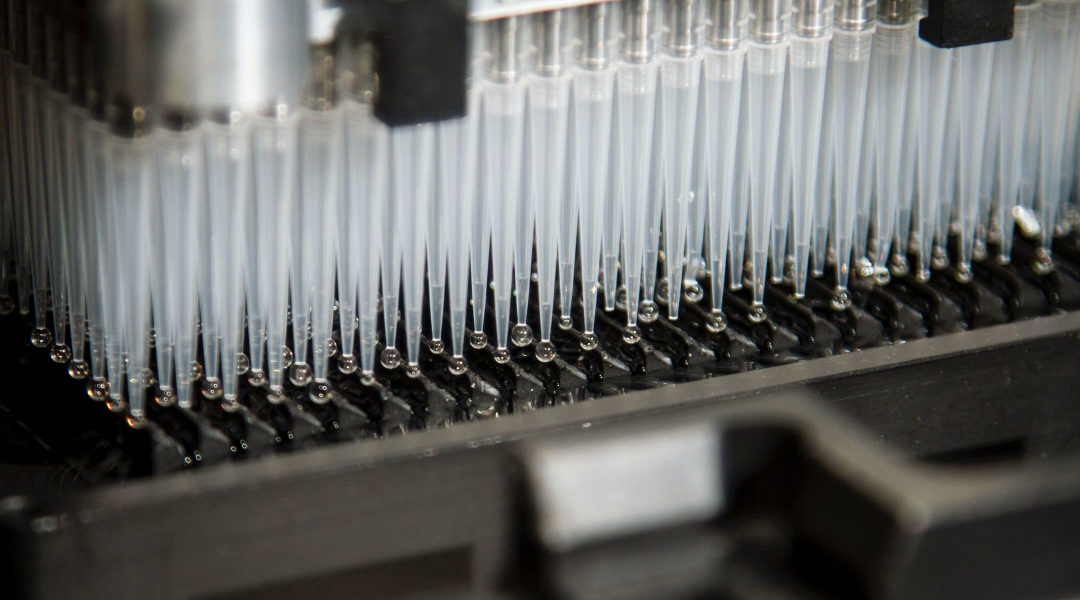Genetic disorders have always been thought of to be one of those conditions that medicine can’t do much about. The flaws, after all, are built in, so to speak. But is it really impossible?
With the developments in technology like the CRISPR, it appears it doesn’t have to be. However, concerns still remain about the safety of these new approaches. Fortunately, there is new research that shows there just might be a safer way to fix these genetic flaws by putting the body’s built-in DNA repair mechanisms to work.
The research, published in the journal Science Advance, was conducted by biologists from the University of California, San Diego. The team included expert Annabel Guichard, professor Ethan Bier, and postdoctoral researcher Sitara Roy.
Their work offered a novel but more viable method that lays the groundwork for more cutting-edge gene therapy approaches. Done right, it could possibly succeed in treating a wide range of genetic disorders.
Guichard, the study’s senior author, noted that, “The healthy variant can be used by the cell’s repair machinery to correct the defective mutation after cutting the mutant DNA.” He further explained, “Remarkably, this can be achieved even more efficiently by a simple harmless nick.”
The team’s research method involved designing mutant flies by allowing visualization of HTR (homologous chromosome-templated repair), through pigment productions in their eyes.
The mutant fruit flies initially had fully whitened eyes. However, when CRISPER components (they used a guide RNA plus Cas9) were expressed, large red patches began to show across their eyes, indicating that the DNA repair succeeded in reversing the mutation.
After this, the researchers moved on to test their system with Cas9 variants or “nickases,” this time targeting only one DNA strand instead of two. To their surprise, they found that this system also resulted in high-level restoration of red eye color, almost to the same level as the non-mutated fruit flies.
“I could not believe how well the nickase worked–it was completely unanticipated,” said Roy, the study’s lead author, referring to its 50-70% repair success rate. The other method, which involved dual-strand cutting Cas9, showed a 20-30% success rate.
With the nickase-based system, they found fewer on- and off-target mutations, which was a typical occurrence with the CRISPR system. Given these encouraging results, the new system, which is also simpler, could possibly serve as a model for genetic mutation repair in mammals.

